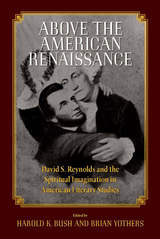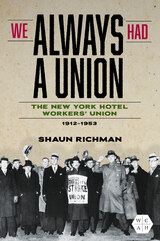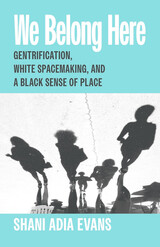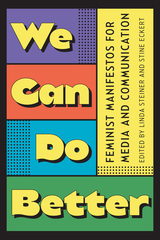
In addition to the editors and David S. Reynolds, contributors include Jeffrey Bilbro, Dawn Coleman, Jonathan A. Cook, Tracy Fessenden, Zachary Hutchins, Richard Kopley, Mason I. Lowance Jr., John Matteson, Christopher N. Phillips, Vivian Pollak, Michael Robertson, Gail K. Smith, Claudia Stokes, and Timothy Sweet.

The first full-length study of early religious fiction from the Revolution to the Civil War, this book explores a long forgotten genre of writing. Ranging over the fiction of some 250 American writers, Reynolds provides an overview of the bestsellers of their time and the popular culture of the period. The literary movement he traces began as a cautiously allegorical one, and he finds that it evolved into a fairly realistic genre by the mid-nineteenth century. This shift from the metaphysical to the earthly was abetted by the authors' uses of a variety of appealing modes: the oriental and visionary tale, historical fiction on biblical themes, and the domestic novel.
Reynolds' study addresses several questions: When did religion first appear in American fiction, and why was the novel increasingly chosen as the appropriate literary mode of popular inspiration? How could theology become entertainment? In what sense does the rhetorical strategy of this fiction reflect changing ways of religious discussion? How can the sermons, essays, or memoirs of the early writers help us to understand the themes and techniques of their fiction?

The three works in this volume offer a rich representative sample of Thompson's writing. The two novels—Venus in Boston and City Crimes—depict the American city as a place of dark mystery, bawdy humor, and near-universal corruption peopled with con artists and criminals of all kinds. In each novel, a complex narrative structure interweaves multiple stories of exploited labor, abuse of power, seduction, intrigue, and crime. Thompson's autobiography, My Life, presents the author's life in terms nearly as lively as his fiction.
Thompson's zestful, unconventional writings fly in the face of the stereotypical view of Victorian America as straitlaced and sentimental. Ideal for use as a classroom text, this new edition includes a scholarly introduction and an extensive bibliography.
READERS
Browse our collection.
PUBLISHERS
See BiblioVault's publisher services.
STUDENT SERVICES
Files for college accessibility offices.
UChicago Accessibility Resources
home | accessibility | search | about | contact us
BiblioVault ® 2001 - 2025
The University of Chicago Press









